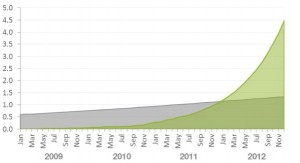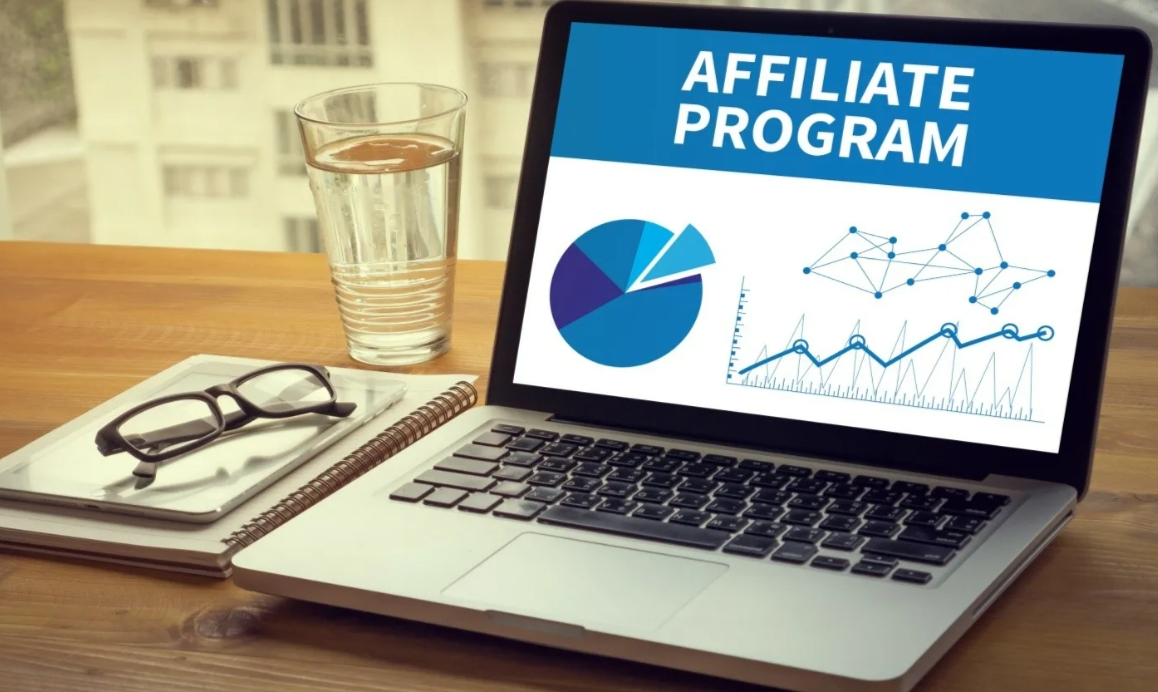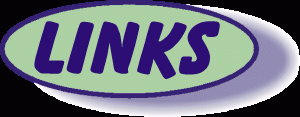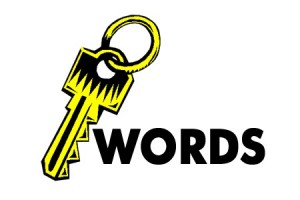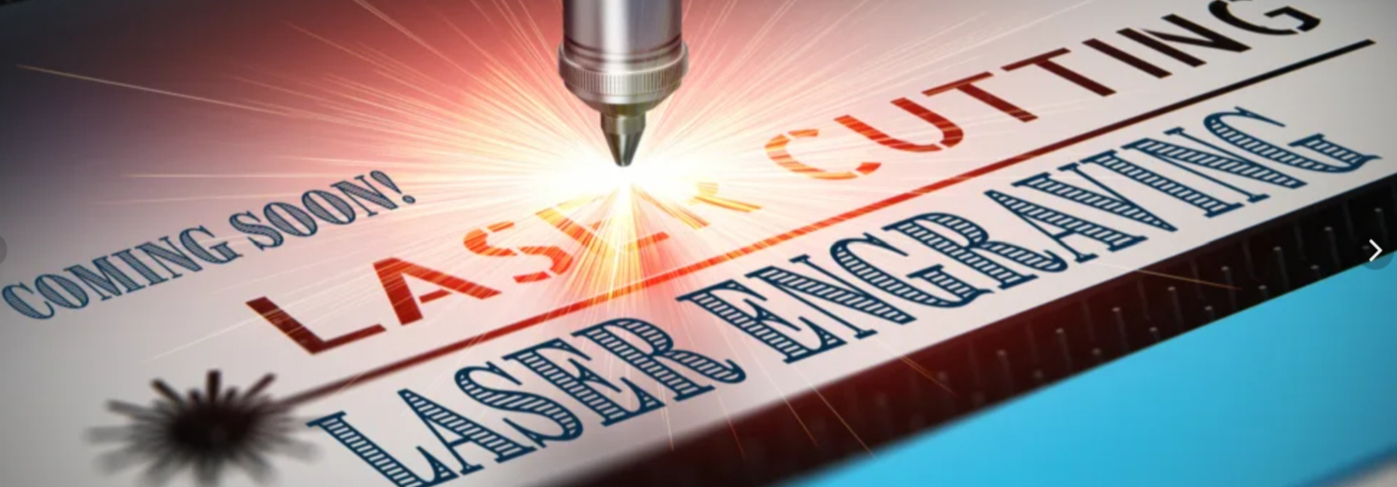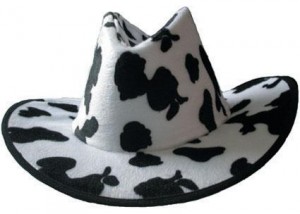SEO and blogging can be used together to provide you with an almost unbeatable combination, not only for free advertising, but also to make money. If the objective of your website or your blog is to provide information, or to operate a website on a non profit-making basis, then both search engine optimization and blogging can work together to improve your current traffic level. If your aim is to make money, either for a bit extra to pay the credit cards each month or as your main or sole means of income, you can use a blog and a properly designed website to improve your traffic flow.
So let’s cut to the chase as they say, or hang out the baby and see what drips off, or put out the mat and see what it collects from your feet! How can people be serious about these things at so-called serious business meetings? Beats me! Anyhow, lets open the refrigerator and see what’s fresh. SEO – THE QUICK WAY First SEO. If your website looks good to the search engines then it will have a good chance of being listed. But let’s be realistic: the best is Google, so keep Google sweet and the rest will follow. Design each web page, including your home page, round one keyword or keyphrase. Don’t try to optimize any page for more that one keyword or you will fail. Forget the Meta tags. Put them in if you have the time, but not for the quick way.
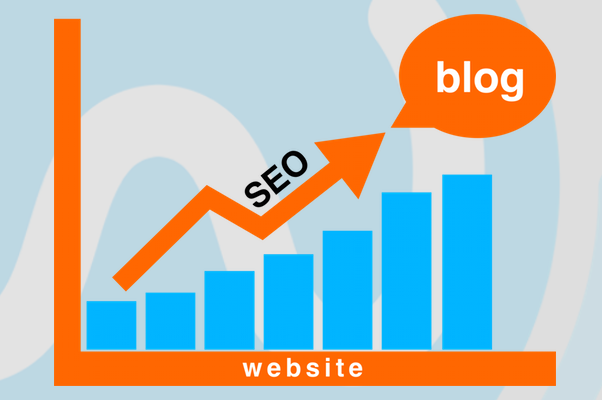
Put your page title in …. tags and include your page keyword in it. It must not be only your keyword, but that should be part of it. For example, if your keyword is ‘Using Blogs’ the your title could be: Using Blogs and SEO to make Money’ That’s a good sized title, and a good way to use the keyword ‘using blogs’ for your page. Now, the first heading or headline should be ‘Using Blogs’ Just that, and put it in H1 html tags. Don’t worry about the purity of your html because Google doesn’t give a toss as long it can understand your H1 tags and Title. If you have any graphics, even a payment graphic such as the one that Clickbank provides, add an alt relation to it: < img= . . . alt=”using blogs Image 1”>. This reinforces the information to the spider that the theme of the page is ‘using blogs’. Use your keyword in the first 100 characters of your body html, for example, title: “Using Blogs” “Using blogs in combination with good webpage SEO has been proved time and again an extremely effective technique in the science of making money. The secret is to understand the needs of bloggers and of search engine users, and how to combine the two into a single money-generating machine that you can design to work on autopilot while you work on your next money-spinning project.” Look at that again: I have used the keyword in the heading, and all the words in the Page title in the first 100 characters. The keyword is used immediately and the rest of the title also in the first sentence. If you also use the keyword once more in the last paragraph the crawlers will love it and you will have a head start on your competitors.
You could then continue on the theme of blogs, and have another section on the same page with the heading: “Using Blogs and SEO” contained within H2 tags that expands on the theme of blogs and SEO while introducing the concept of using blogs and web pages together to their mutual benefit. INTERNAL LINKING STRATEGY That is all you need do on each page, but do it on EVERY page that should be optimized for every different keyword that you have identified as being worth while to use on your website. However, there is one more thing you must do and that is to design your internal linking strategy to your best advantage.
It should allow your visitors to easily navigate between pages, and also reach pages that they want to see such as your Privacy Policy and Contact details. However, it is more that that. It is also a means of leading the search engine spider to dance your dance, and not Google’s Dance, as it were. Lead the spider to the pages you want it to see when you want it to see them, and bar it from seeing those it doesn’t have to see. You can allow humans to see pages that you have barred from spiders. Simply place a big ‘Humans Only’ sign above each door, and spider cannot get in. BLOGGING Your blogs should be updated to show every change you make to your website, but be optimized for different keywords to those your website is using. I have tested blogs with and without the same keywords and my web pages, and they generally work best when not competing.

For some reason that I cannot apply logic to, I get better results from my website when linked to blogs that have different keywords, that the same. However, that’s unimportant. What is important is that, unlike article directories, the articles in your blogs can advertise as many websites or products as you want. That is one of their major benefits when used in conjunction with websites. You can use one to advertise the other without fear of losing anything because they both belong to you. You cannot have a net loss with links between two of your own sites. If you ping your blog to every web2 site that you are registered with then you can get a lot more traffic than if you had only used SEO for your free traffic.
Blogs, too, are free, so use them. CONCLUSION If you use easy SEO and worry only about the elements I have mentioned above, you will have a great chance of your webpage home page being listed high on Google and the other search engines. If you use your blogs to advertise your site, not only to other bloggers but also to the many social bookmarking and Web2 sites that you can join, then you can achieve success in much less time than you might have imagined. If you are not willing to put the blogging and Web2 work in, then you will not be so successful, and do not deserve to be.
